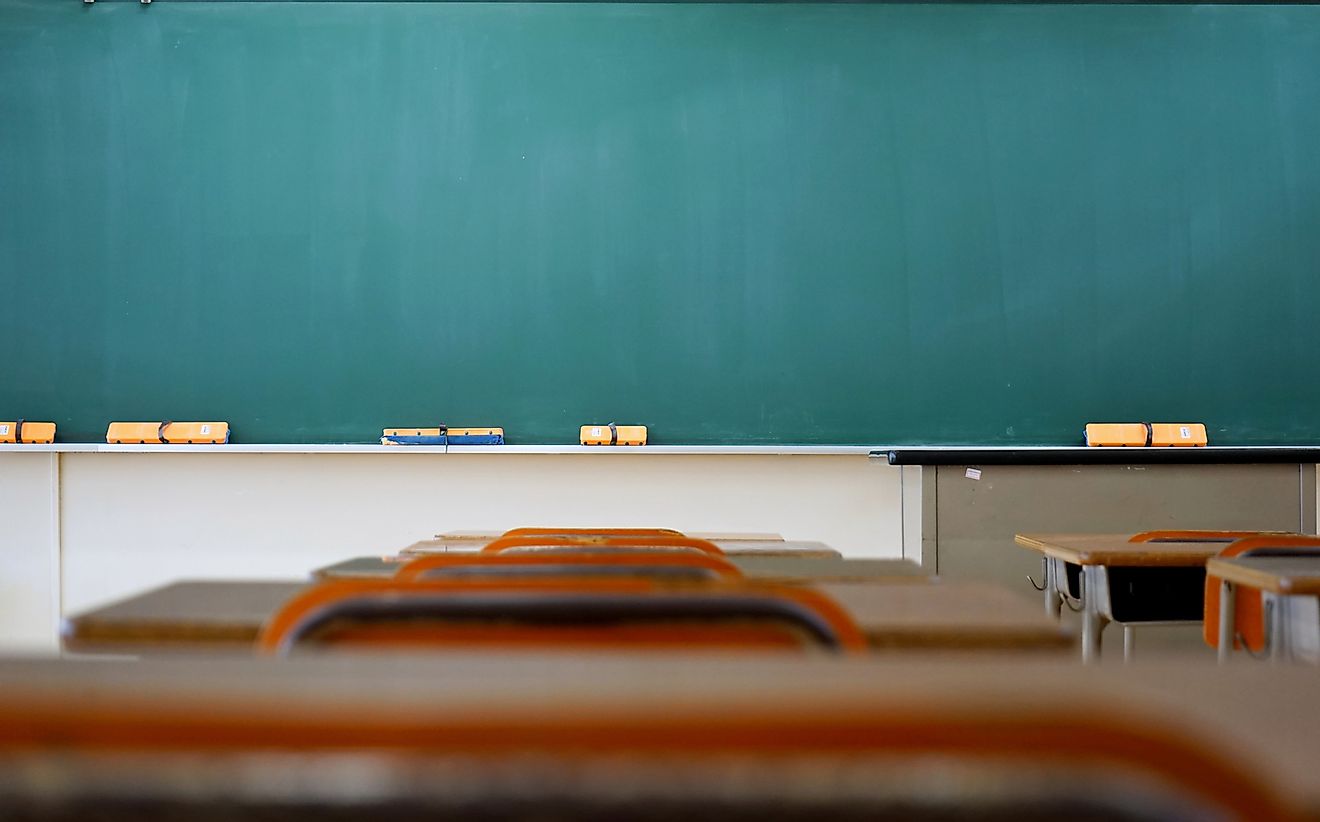Countries Where Teachers Are Paid Small Shares Of Secondary School Budgets

Education is taking a foremost place in the developing and under-developed countries as World Bank and International Monetary Fund finances most of the projects. Many educational programs have been started for creating awareness among the masses and teacher training programs are held in the respective countries. Trained teachers teach most of the International and Native languages to the students that will help them to interact with the outside world. Other recreation facilities and events, such as sports, music, and dances, are also introduced for the students.
Secondary Education Expenditures in Countries With Low Relative Teacher Budgets
According to the World Bank data, the budget of Secondary Education is spent largely upon providing financial aid to the students, giving scholarships, provisioning of uniforms, and other such needs. The Percentage of Secondary Education Expenditure given as remuneration to staff is markedly low in Niger at 44.7%, followed by Mali at 54.2%, and in the Dominican Republic the figure is 54.5%.
Niger
Niger takes the first spot in paying smallest share to the teachers and other staff from the Secondary Education Expenditure as the current expenditure is as high as 98%. The main things included in the expenditure of the present year is the financial aid given to students, some amount is given towards staff compensation and do not include teaching material, administration expenses and ancillary material. UNESCO has started varied schemes in the country that has changed the face of Secondary Education in the country. The teachers in the country are not well paid, as some of them are volunteers and many of them are elected by the schools. They are paid only a small amount initially and arrears were said to be provided in due course of time and some union parties opposed even the "Endwell Scheme" which was started for the teachers.
Mali
Mali stands on the second spot as it pays a small amount of Secondary Education Expenditure to its teachers and staff as the education fees of children in the country is not taken. The government is also spending on academic vocational requirements of secondary education so that the primary class students can study in secondary classes. The direct expenditure incurred on secondary education is nearly 34% of the total government expenditure. The teachers are also paid low amount as there is no teacher training given, teachers are less qualified and it results in poor quality education.
Dominican Republic
The Dominican Republic states that it is reaching almost 100% secondary education access nationwide. This has incurred significant increases in expenditures over the past few years and, out of this, only a small portion is paid to the teachers and staff. Most of the reports suggested that the teachers are highly paid in the country but in reality, they get poor payment as the rewards are only given to teachers who perform well in evaluation process. Even the expenditure is done on the infrastructure facilities, providing financial aid to the students, uniforms, and writing and reading materials.
Inferences from the Data
It can be inferred from the data discussed above that most of these countries are paying smaller relative shares of budgets to their teachers. This occurs do to their belief that the teachers lack the training and qualifications meriting higher pay, and the utmost priority is given for providing educational funding to more directly meet the needs of the students themselves.
Countries Where Staff Receive The Smallest Share Of Secondary School Budgets
| Rank | Country | % of Secondary Education Expenditures Used To Remunerate Staff |
|---|---|---|
| 1 | Niger | 44.7% |
| 2 | Mali | 54.2% |
| 3 | Dominican Republic | 54.5% |
| 4 | Peru | 59.6% |
| 5 | Kazakhstan | 63.9% |
| 6 | Andorra | 65.2% |
| 7 | Moldova | 66.6% |
| 8 | Bolivia | 72.2% |
| 9 | Jamaica | 73.3% |
| 10 | Benin | 75.8% |







